
Celebrating the 1100th Anniversary of Ahmed Ibn Fadlan’s Travel to Tatarstan
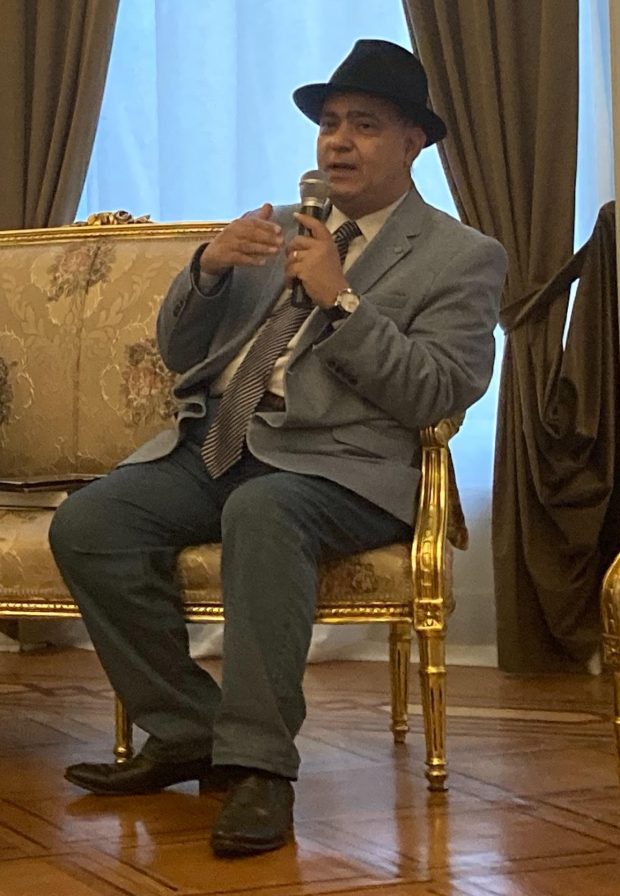
By Ashraf Aboul-Yazid
President, Asia Journalists Association
ALEXANDRIA: On July 14, the Media Club had its monthly forum in the Russian House of Alexandria on the topic: “1100 years since the arrival of the mission of the traveler Ibn Fadlan to Tatarstan”. The event was attended by Mr. Pavel Kydysyuk (Павел Кидисюк) Director of the Russian House in Alexandria, and moderated by journalist Hoda Saati.
The guest speaker of the evening, Ashraf Aboul-Yazid,, a well-known writer and journalist in Egypt, spoke about the trip of the Arab traveler Ahmed ibn Fadlan to Eastern Europe.
In 921-922, he visited the Volga Bulgaria as the secretary of the delegation of the Abbasid caliph al-Muktadir, . In his report “Risale”, written in the form of travel notes, he left unique descriptions of the life and political relations of the Ghuzz Turks, Bashkirs, Bulgars, Russiansand Khazars.
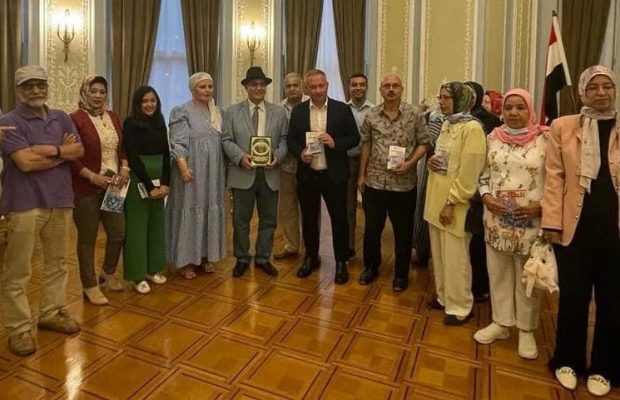
Ashraf Aboul-Yazid talked about his visits to the Museum of Ibn Fadlan in Bulgar on the Volga. In the year 922 AD, the delegation of Ibn Fadlan arrived from Baghdad.
“On the travel map, I found in museum, we see the cities of the Islamic caliphate in and around Baghdad called Arabistan, and in it the direction of the caravan appears to the east in Bukhara (in present-day Uzbekistan) before resuming journey to the northwest.
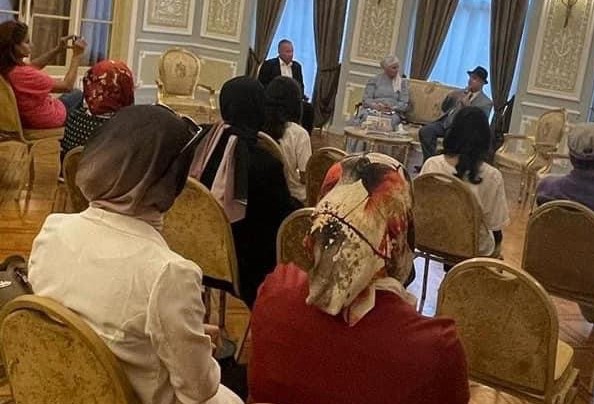
The secret behind the indirect path was that the Abbasid Caliph, who was asked by the King of the Saqlabah for blessed money with which to build a mosque and a fort, did not give this money to his delegation, asking Ibn Fadlan to pass on the emirates tracking the Islamic caliphate to collect what they owe to the Caliphate House. In fact, the Islamic caliphate at that time collapsed in its grip, so that its affiliated regions refused to give Ibn Fadlan what was delayed in his payment to Baghdad.
The museum is built in the form of an independent dome, and is inspired by an ancient architecture documented in shape, and inspired by historic artworks. It is a revival of the first architecture whose traces survived. It seems that the domes (the pile or the wooden ones and the stone ones) were known, Ibn Fadlan says in his journey book: “When he saw us, he descended in prostration, thanks to God Almighty, and he had dirhams in his sleeve, so he scattered them on us, and he set up domes for us, so we lived in them.”
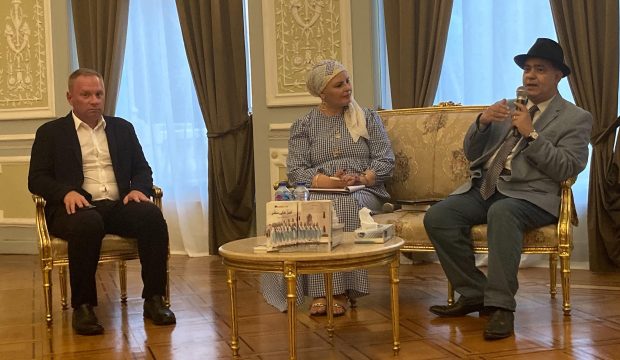
In the city of Bulgar, and in celebration of the 1123th anniversary of the city’s conversion to Islam, the “Ak Mechit”, meaning the White Mosque, was inaugurated, and it was established in the place where the Volga Bulgarians converted to Islam in that year (922 AD). According to former Tatar President Mintimer Shaimiev, the mosque was inspired by the architecture of the Prophet’s Mosque in Medina, Saudi Arabia. Shaimiev was awarded the King Faisal Prize for Service to Islam.
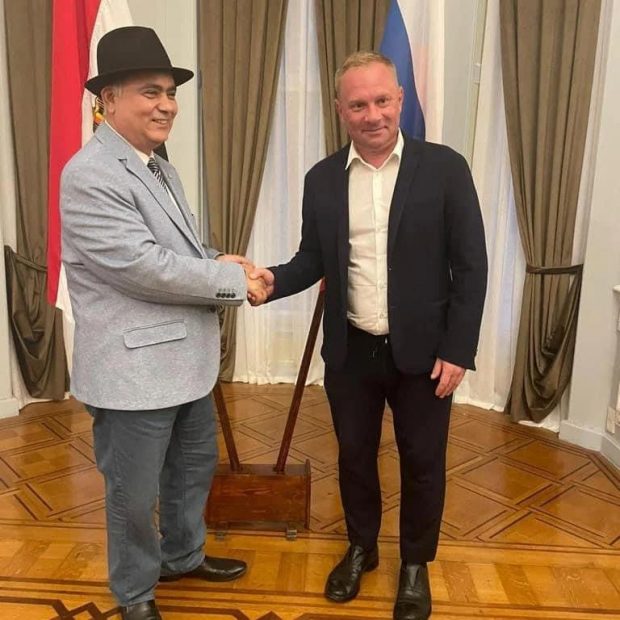
The most important piece, in my opinion, although it is a modern painting, is the mural in which Ahmad Ibn Fadlan stands to read the Caliph’s message to the Bulgarian king Almush Ibn Yaltowar. Two tents were built for the reception, with two domes, like the rocky borders of the Volga River, and shapes of flags, and trumpets that send greetings, while the important guest wears white robes, and his delegation carries a copy of the Holy Qur’an.
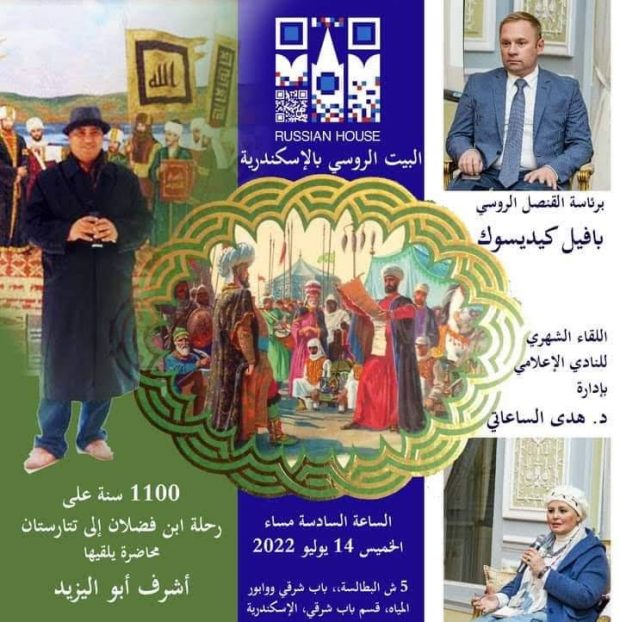
I took off my mask and posed for photography in front of the modern painting that recalls a historical moment that passed 11 centuries ago.”


